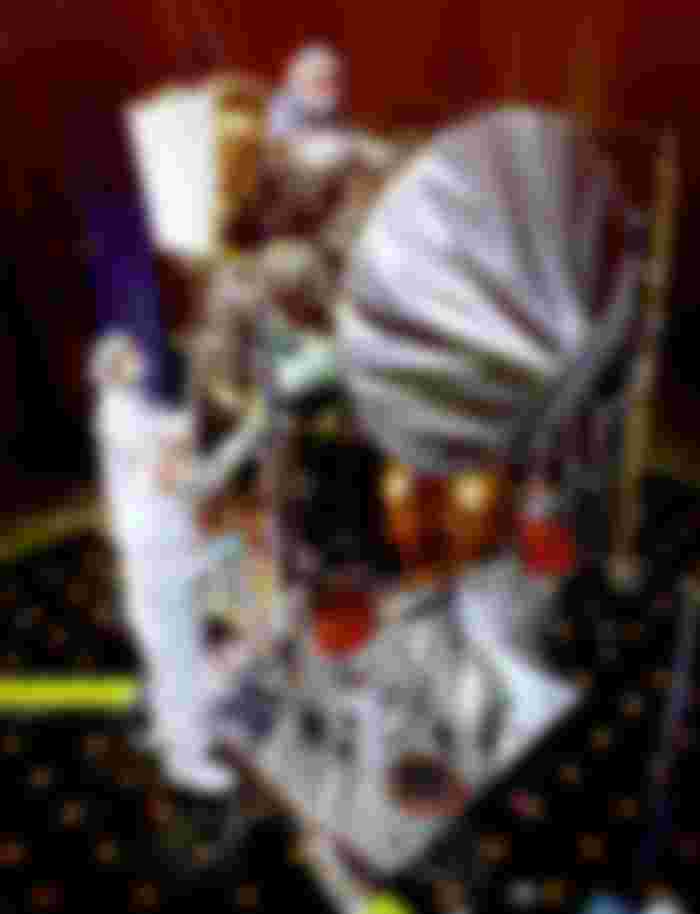Hi guys,
Welcome to another article about Software Testing.
I already wrote one article about a software glitch that ruin some space program: Mariner-1 space probe (https://read.cash/@Otek/software-testing-294-second-costs-185-mln-crash-of-mariner-1-183ddcd9). This time, I will cover another space probe that crashed as a result of some software bug: Mars Climate Orbiter disaster.
Mars Climate Orbiter
Mars Climate Orbiter was a robotic space probe design and created by NASA (National Aeronautics and Space Administration). It was intended for the study of the weather, atmosphere, and climate of planet Mars, and it was a part of the Mars Surveyor '98 program. The Mars Climate Orbiter was launched on December 11, 1998, at 18:45:51 UTC from Space Launch Complex 17A at the Cape Canaveral Air Force Station in Florida aboard the Delta II rocket. The start went without any problems and on September 23, 1999, at 09:00:46 UTC, the planned Mars orbit placement maneuver began.

Probe lost
After a few minutes, radio contact with the probe was lost, but it was planned - Mars Climate Orbiter spacecraft passed behind Mars, so communication on that stage was impossible. At 9:27:00 UTC, the probe was due to emerge from the planet's radio shadow and communication should be established again - but it never happens. A probe was lost.
Burn baby burn!
Two days later, NASA announced the loss of the Mars Climate Orbiter mission. Instead of being at an expected altitude of 140-150 km above the planet's surface, the orbiter was at an altitude of 57 km and was soon lost contact. As a result of that, a probe was burned in the planet atmosphere.
What happened?
On November 10, 1999, NASA released the accident commission's report - what was a conclusion? The direct reason for the failure was the lack of communication between the teams creating the Mars Climate Orbiter software. The piece of software, created in England on behalf of Lockheed Martin, was written on the basis of other metric units than the part developed in the USA by NASA. The ground control instruction processing program used Anglo-Saxon (US) pounds as the force unit, while the probe software used metric Newtons as the force unit.
The error turned out to be so serious that it led to the incorrect operation of the lander's afterburners. The mistake gradually increased over the course of the journey. The consequence of this was a too close approach, and hence, the probe burned up in the Martian atmosphere.
So it is a great example of how difficult it can be cooperating between peoples from different countries and how important it is to be sure that everyone involved in the design and developing software had the same understanding of what requirements are.

Money, money, money...
How much that error costs the National Aeronautics and Space Administration? According to a NASA report, the cost of the mission was $327.6 million total for the orbiter and lander (includes $193.1 million for spacecraft development, $91.7 million for launching it, and $42.8 million for mission operations).
However, the most important lessons were learned, and the mission was continued by the 2001 Mars Odyssey probe, launched on October 24, 2001 - this time it ends with success :)
Hope You enjoyed that episode of Software Testing series - I encourage you to read also other articles about software testing- see you soon :)

